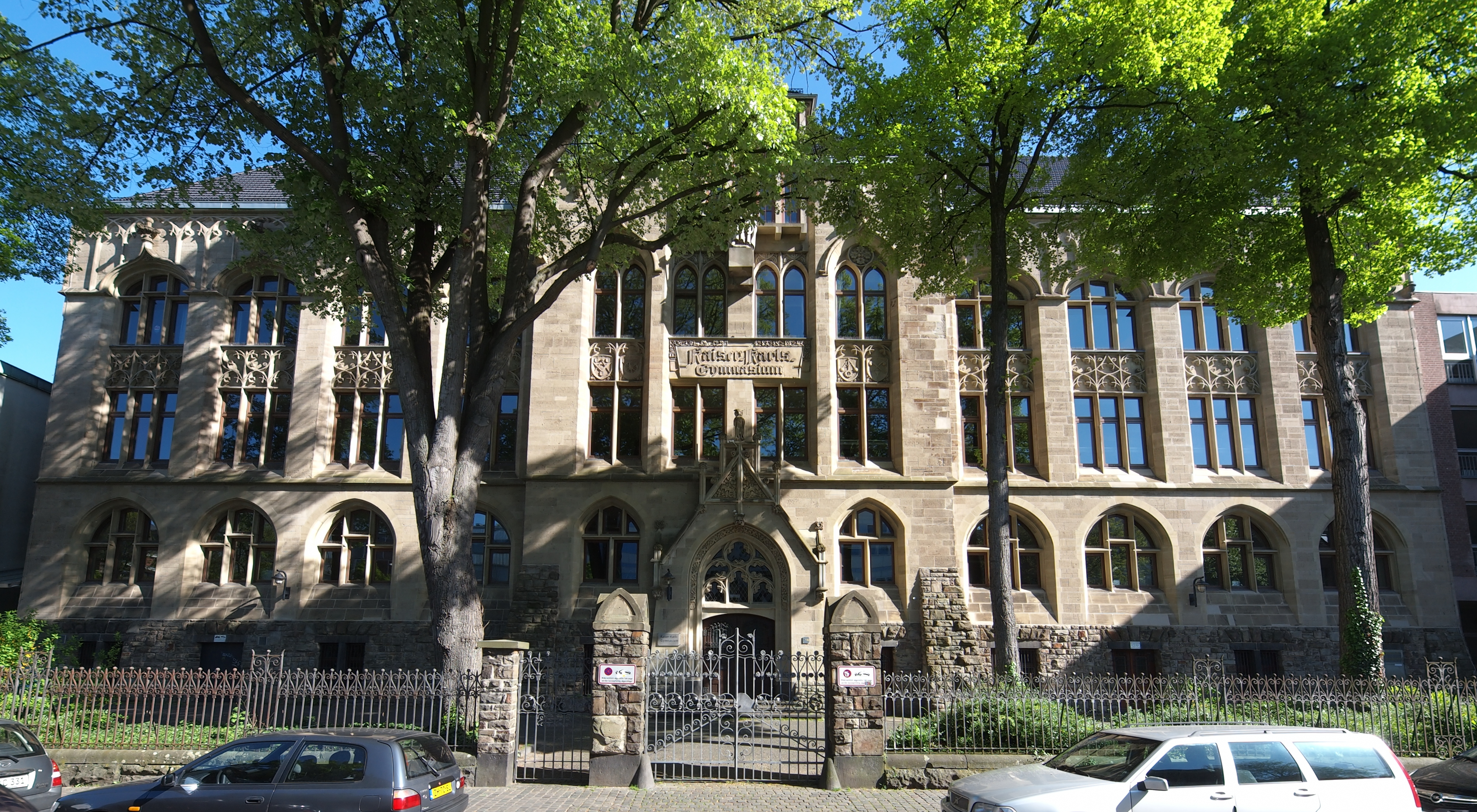Blog #8 - iGEM team members back 2 school
By NBailly 16:00, May 22 2014 (CDT)
Hello iGEM enthusiasts,
Since our last visit, the student of the biology-chemistry course at Kaiser-Karl-Gymnasium in Aachen have been busy studying the basics of protein biosynthesis and the "lock and key" model. Now the 9th graders are prepared to have a closer look at synthetic biology and our project.

Each year, many people die of nosocominal infections - infections that the patients acquired in a hospital. However, these infections would be preventable in large part through better hygiene programs. Diseases caused by multi-resistant pathogens are especially critical because therapy options are very limited in these cases.
But actually, what are pathogens exactly and where do they come from? In order to answer these questions, we start the teaching module with the topic "Microorganisms in our Environment". In this part, we explain which germs we encounter every day, and how be can best protect ourselves from them.
In order to demonstrate how many and which microorganisms are our steady companions, we conduct an experiment with the students. A pair of students received 3 agar plates: one with regular LB agar, one plate with agar supplemented by an antibiotic, and one selective agar plate for yeasts and fungi. Equipped with the plates, the students wander through their school and take contact samples from places they think many microorganisms grow there. We will incubate the plates over the weekend so that we can show the students in the next lesson what has grown on their samples.
|